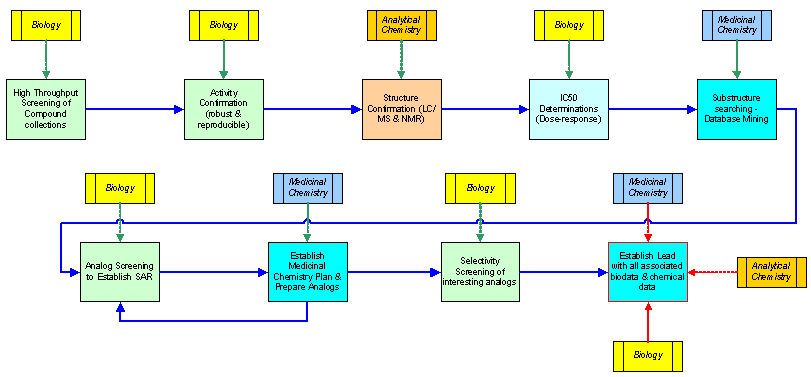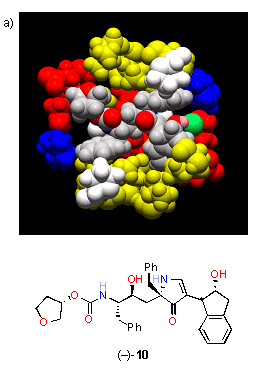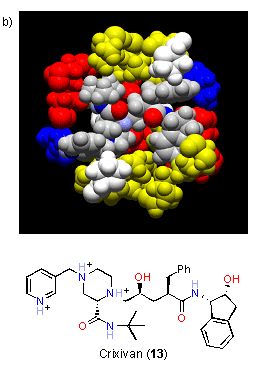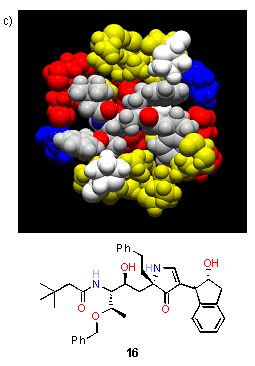

2
Synthetic Chemistry Core FacultyThe Hit-to-Probe process, designed to identify and develop useful chemical probes from high throughput screening, is a complex multiple disciplinary process that requires close interaction between key functions (below). The interdependent relationship between biology and chemistry is critical for the success of the overall process. The Synthesis Core will play key roles in the success of identifying probes with appropriate properties for further biological evaluation.
The focus of the Synthesis Core will be to optimize the “hits/probes” as obtained from the HTS Core. It is likely however that the properties of the initially derived hit/probes will not be ideal as research tools. The first effort will be to validate the hit/probe by synthesis, assuming that the compound is not commercially available. Once confirmed as a true or tractable hit/probe candidate, the principal goal of the Synthesis Core will be to discover new and/or improved hits/probes possessing improved the biological/physicochemical properties vis-a-vis the initially derived hit/probes. Efforts here will focus on improving both affinity and selectivity as well as pharmacological properties such as solubility and bioavailability. Two tactics will be applied to achieve these goals. The first will involve application the rapid ligand scanning/probe production, exploiting the exciting new protocol currently being developed in the Meggers Laboratory. This tactic holds the promise for the discovery of completely new classis of hit/probes. When a pharmacophore has been identified, the chemical efforts will include optimization by exploration of structure-activity relationships (SAR), including directed library generation employing both parallel synthesis and structure-guided design.
|



